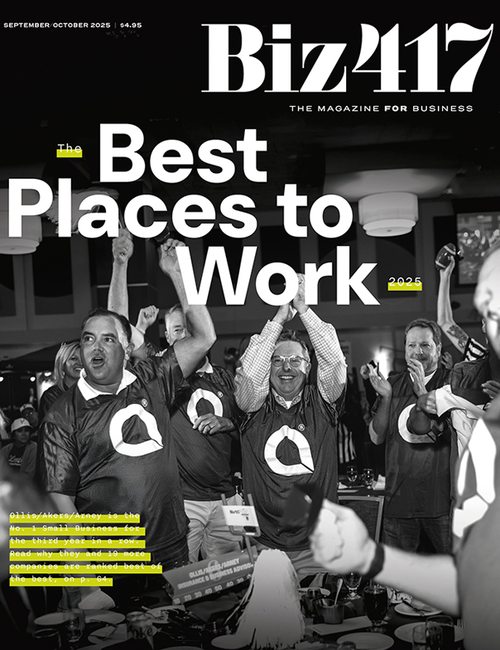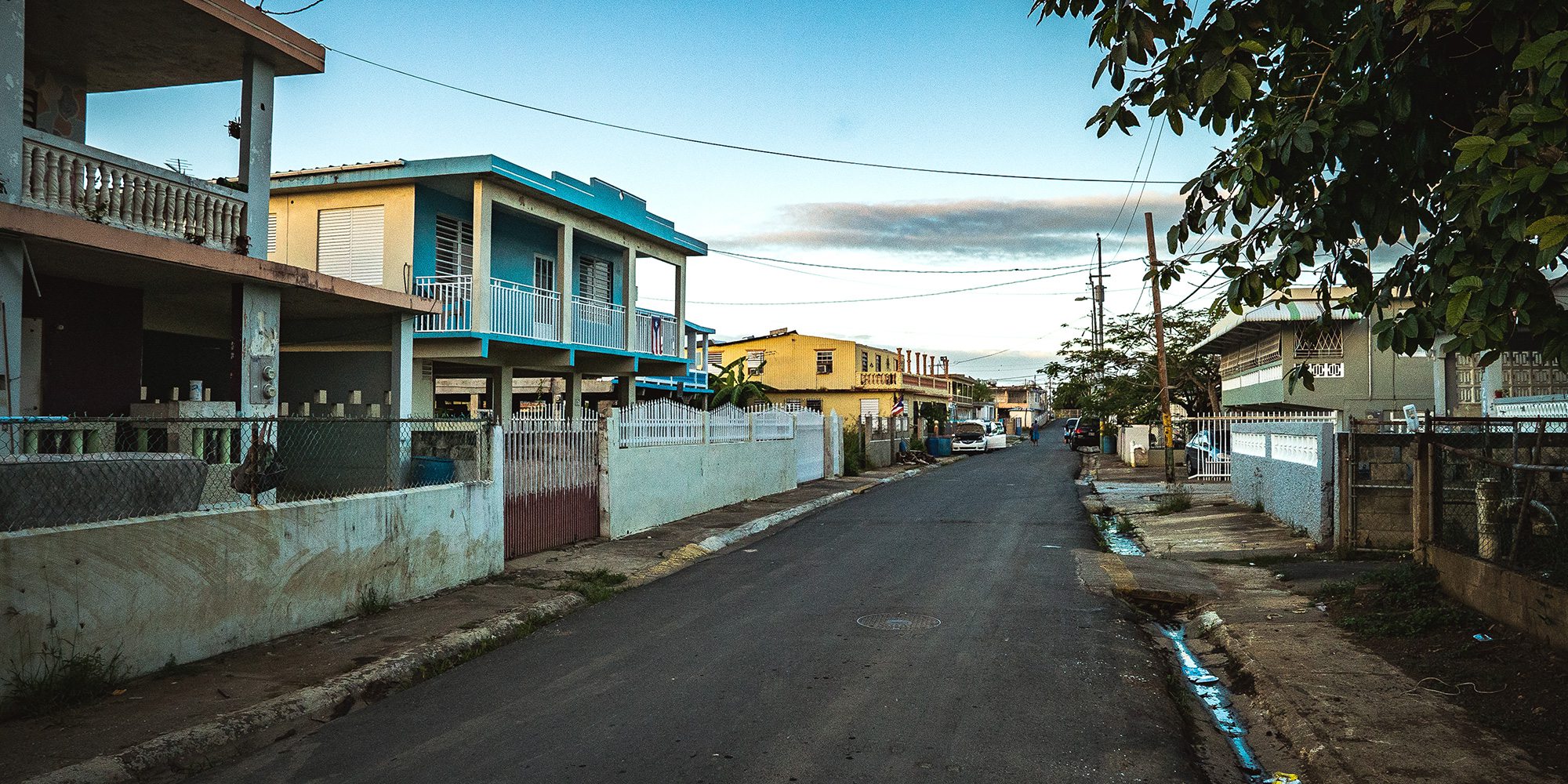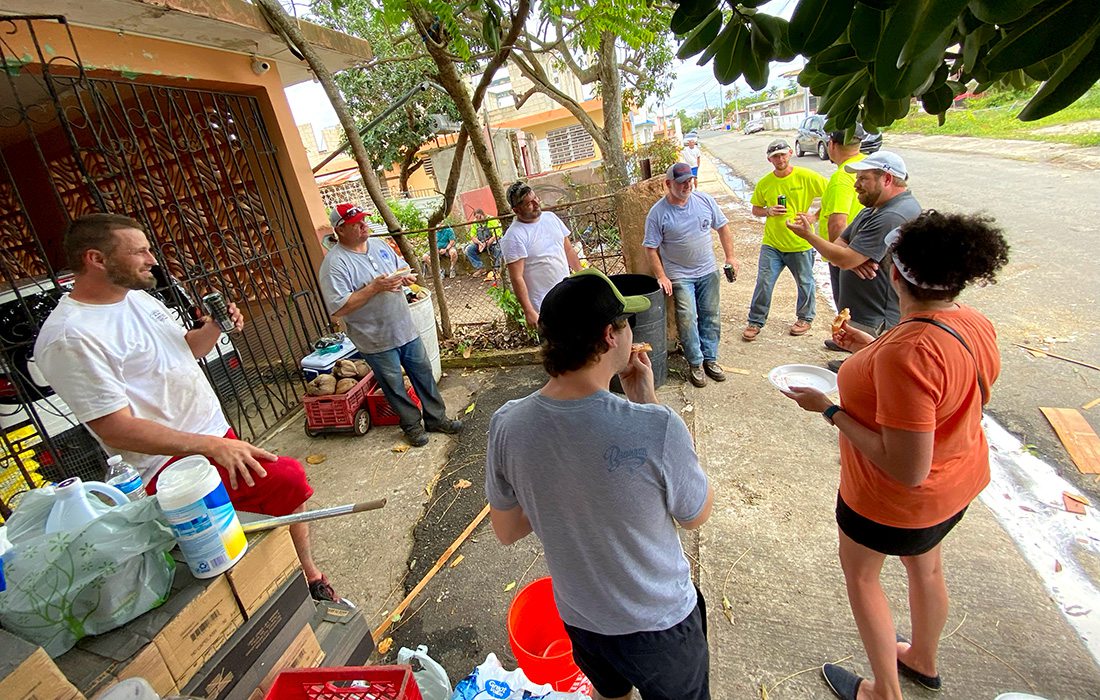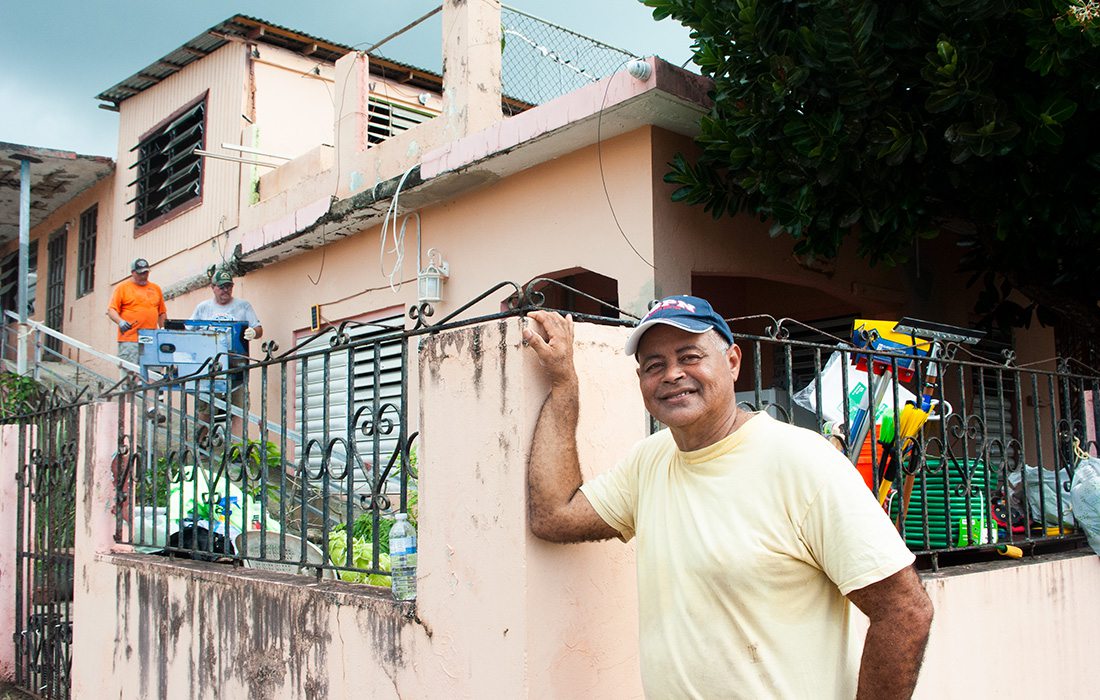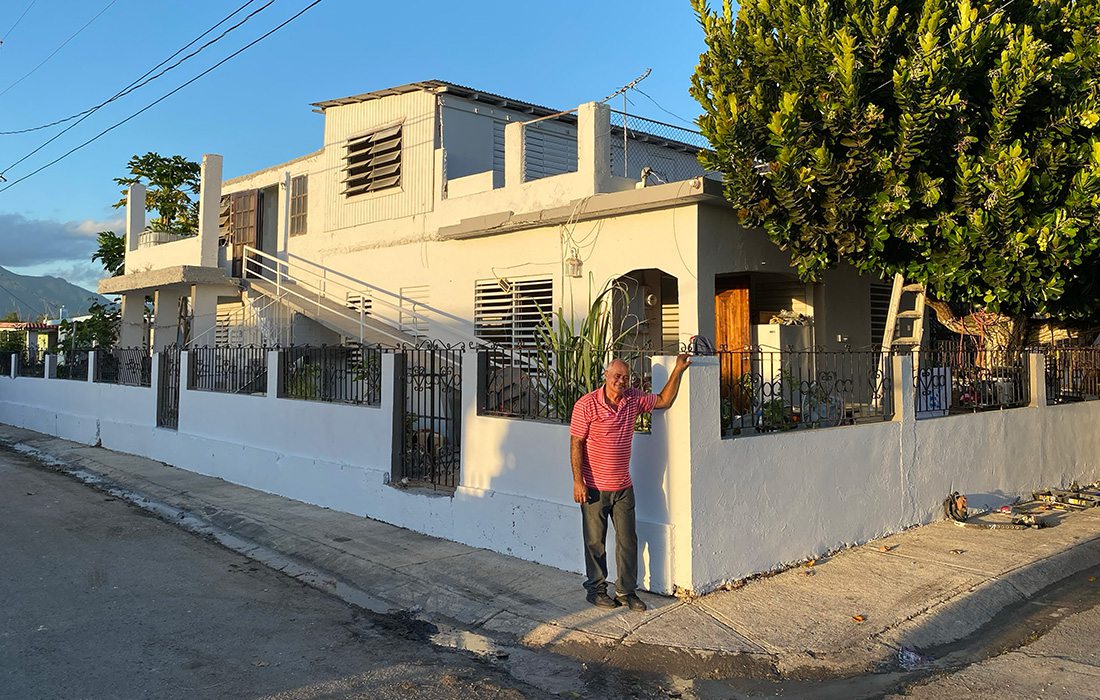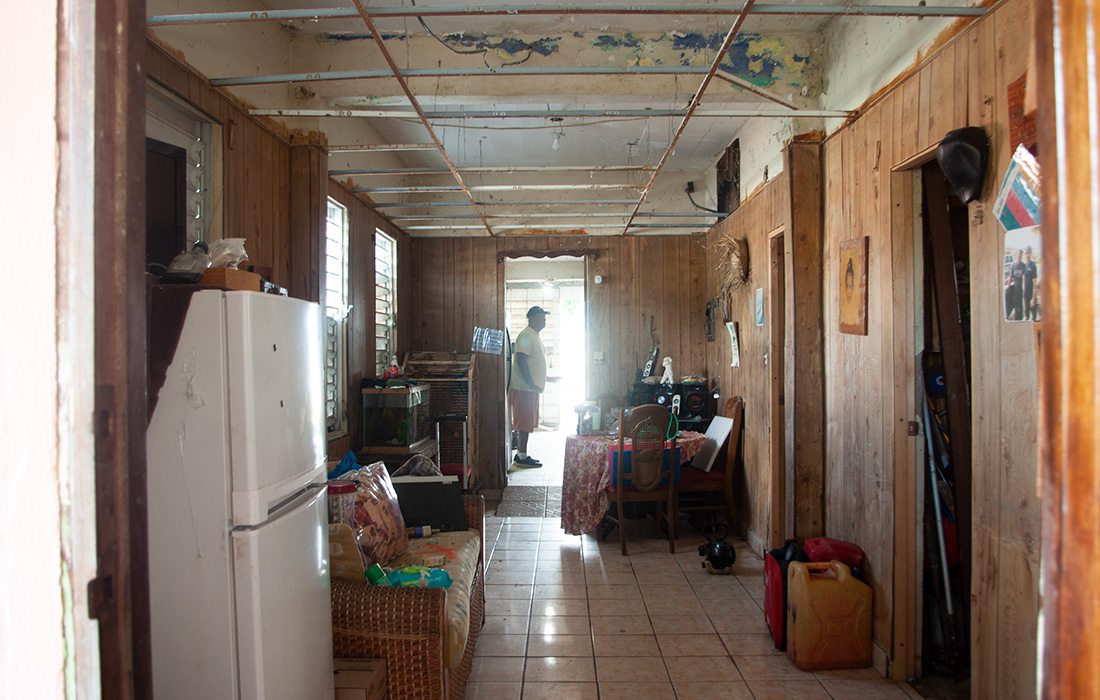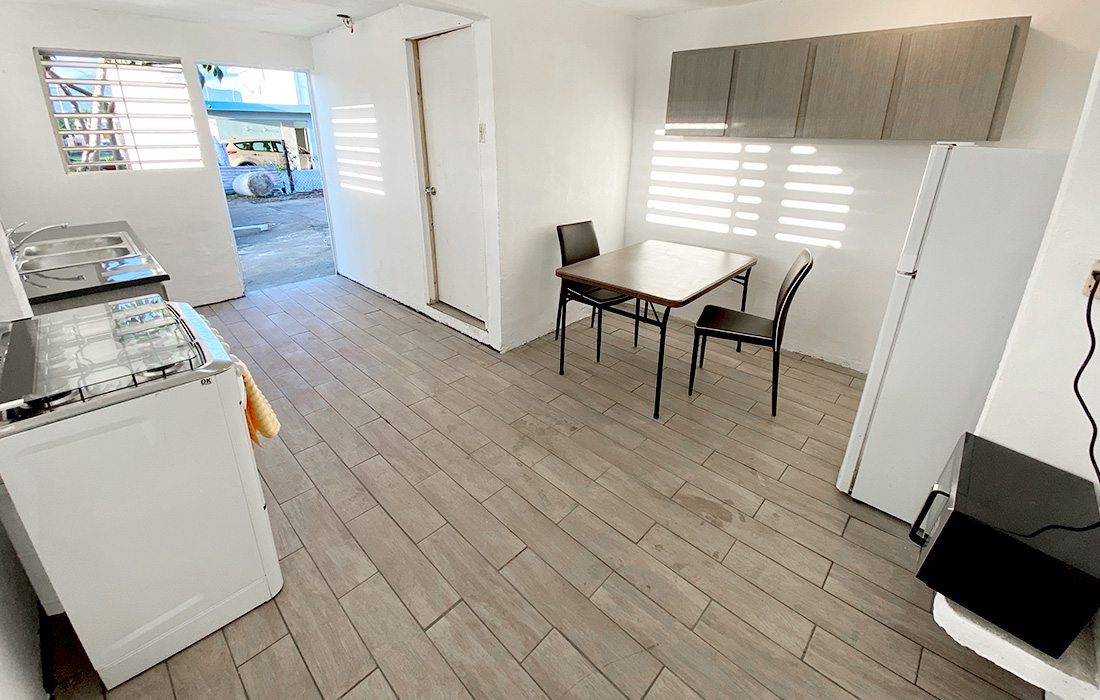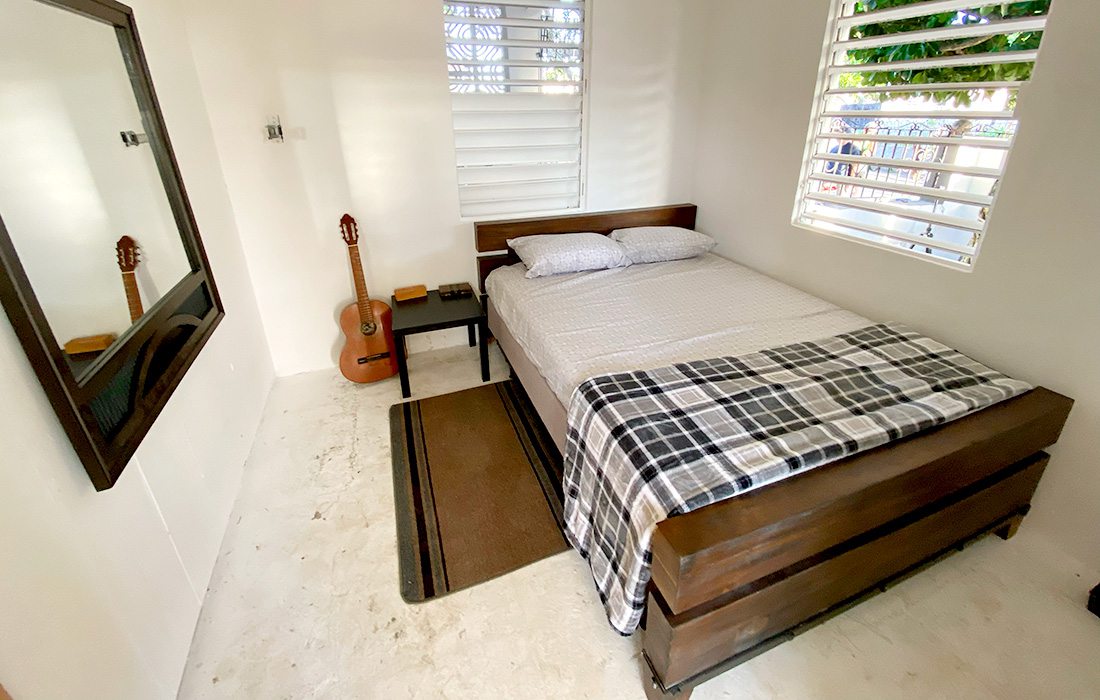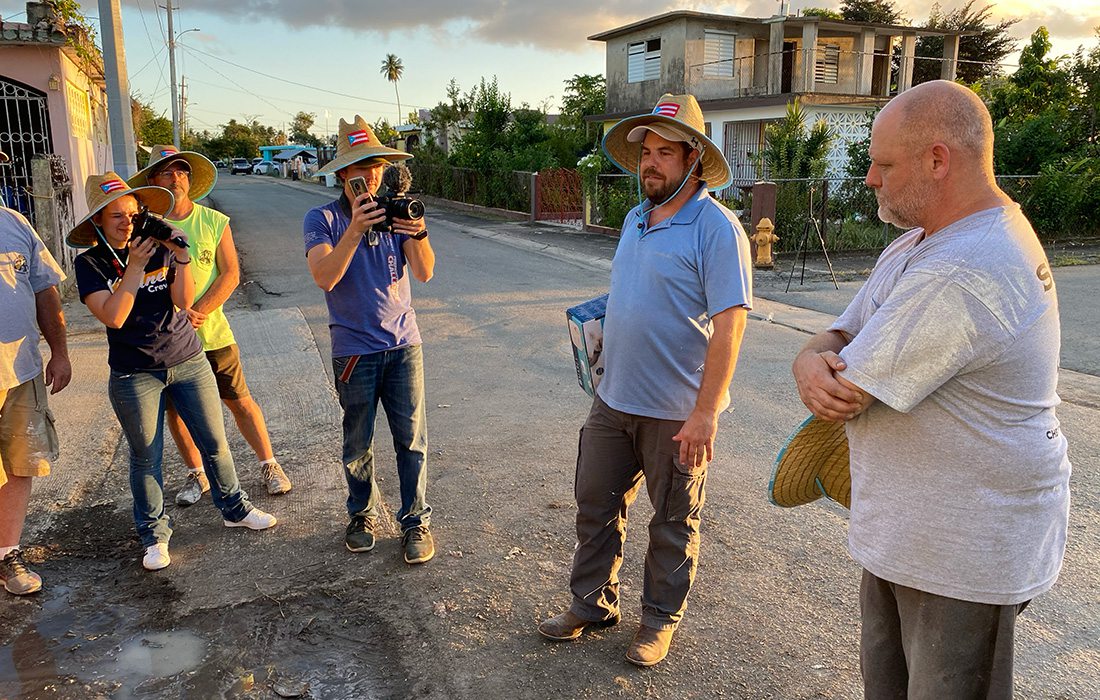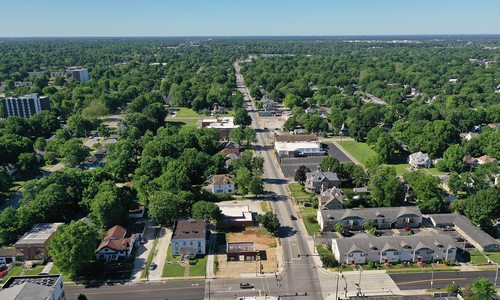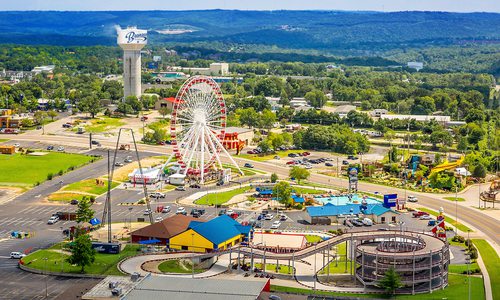The colors of the Puerto Rican sky were most vibrant at the earliest hour of the morning. I sat in the backseat by a window, lounging as we drove to the work site, and feasted my eyes on the impossibly blue hue of the sky. This trip we were on happened in late February, when Springfield was slowly crawling its way through a gray winter, so the rich green shades of seaweed and lush fauna were, though expected, breathtaking all the more. I was a bit naive in what I expected that first morning as we drove to the worksite. One minute I was soaking in as much of the view as I could, and the next we were suddenly turning left onto a small neighborhood street. As we made our way down the paved path, I kept an eye on the retreating ocean view, and soon realized, when the car was parked, that the sea was only a mile, maybe two, from where we would be working. This thought was always with me as the days passed.
For nine days, I accompanied the Branson/Lakes Area Chamber of Commerce on its second outreach trip to Puerto Rico. Four of those days were spent renovating a local’s home. Juanito Borques’ two-story, faded salmon-colored house was in disrepair due to Hurricane Maria—a Category 5 hurricane that wreaked havoc on the Caribbean in 2017. Borques’ home is located in Huamacao, one of the hardest-hit communities by Maria, and 17 months after the hurricane swept the land, damage to much of the community’s infrastructure remains to be fixed.

